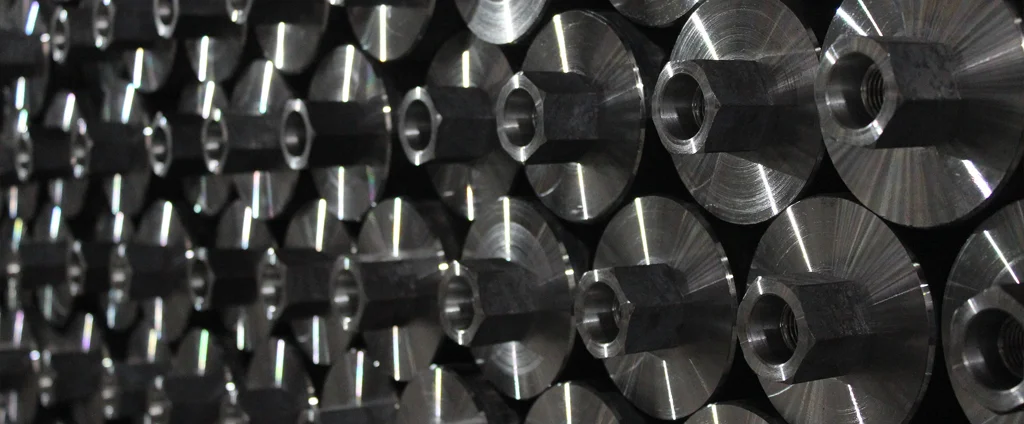SAE/AISI 1212 Carbon Steel (UNS G12120)

SAE/AISI 1212 carbon steel is a free-machining, resulfurized low-carbon steel valued for its superior machinability, dimensional consistency, and cost-efficiency. It is widely used in high-volume manufacturing processes, particularly for precision-turned components where cold forming and excellent surface finish are required.
| Chemical Composition | ||
|---|---|---|
| Element | Min | Max |
| Iron | 98.52% | 99.07% |
| Carbon | —— | 0.13% |
| Manganese | 0.70% | 1.00% |
| Phosphorous | 0.07% | 0.12% |
| Sulfur | 0.16% | 0.23% |
The following table provides a list of SAE/AISI 1212 properties in both SI and US customary/Imperial units.
Click on the button to switch between Metric and Imperial units.
| Physical Properties | Metric |
|---|---|
| Density | 7870 kg/m3 |
| Mechanical Properties | Metric |
| Tensile Strength (Ultimate) | 540 MPa |
| Tensile Strength (Yield) | 415 MPa |
| Young’s Modulus (E) | 190 - 210 GPa |
| Bulk Modulus (K) | 140 GPa |
| Shear Modulus (G) | 80 GPa |
| Elongation at Break | 10% |
| Reduction of Area | 35% |
| Poisson’s Ratio (ν) | 0.27 - 0.30 |
| Brinell Hardness | 167 |
| Thermal Properties | Metric |
| Thermal Conductivity | 52 W/m·K |
| Specific Heat Capacity (Cp) | 470 J/kg·K |
| Coefficient of Thermal Expansion (αL) | 1.15×10-5 1/°C |
| Electrical Properties | Metric |
| Electrical Conductivity | 4.1×106 S/m |
| Electrical Resistivity | 2.4×10-7 Ω·m |
The values in this table are approximate and can vary depending on various factors such as the specific manufacturing process and heat treatment applied to the alloy.
Advantages & Disadvantages of 1212 Carbon Steel
| Advantages | Disadvantages |
|---|---|
| Enhanced machinability | Lower strength compared to other steels |
| Excellent surface finish | Reduced toughness |
| Easy to machine, tap, and thread | Limited weldability |
Applications of 1212 Carbon Steel
Due to its high machinability and favorable forming characteristics, 1212 carbon steel is commonly used across industries for precision-fabricated components, including:
- Screw machine parts: Widely used for producing screw machine parts such as fasteners, bolts, nuts, and screws.
- Bushings and bearings: Employed in the production of bushings and bearings due to its good wear resistance and machinability.
- Fittings and connectors: Utilized in the manufacturing of fittings and connectors for various industries, including plumbing, automotive, and hydraulic systems.
- Electrical connectors: The ease of machining and good conductivity make it suitable for electrical connectors and terminals.
- Hydraulic components: Used for manufacturing hydraulic fittings, couplings, and valves that require high pressure resistance and reliable sealing.
- Automotive parts: Certain components such as bushings, inserts, and fasteners are commonly made from this material.
- Instrumentation parts: Employed in the fabrication of precision instrumentation parts, including gauges, probes, and measuring devices.
